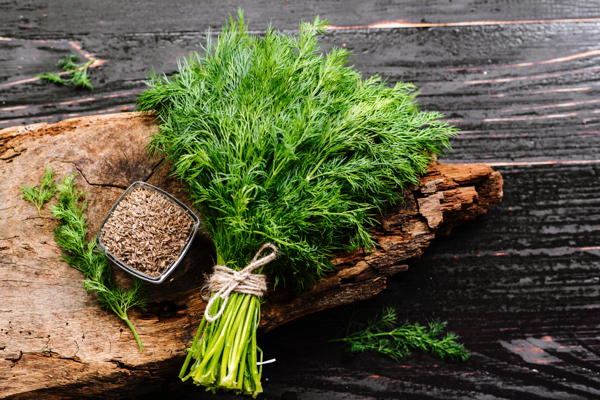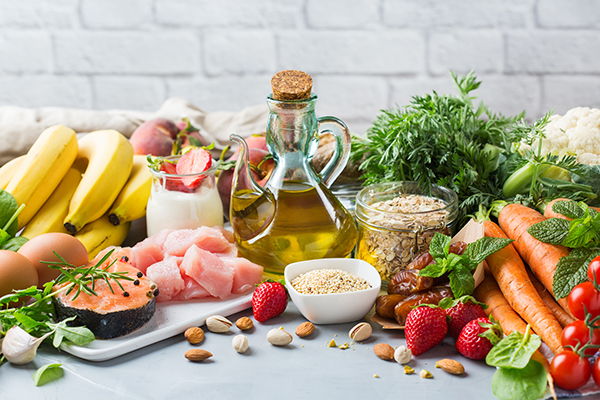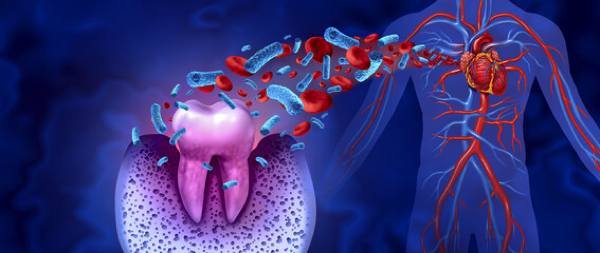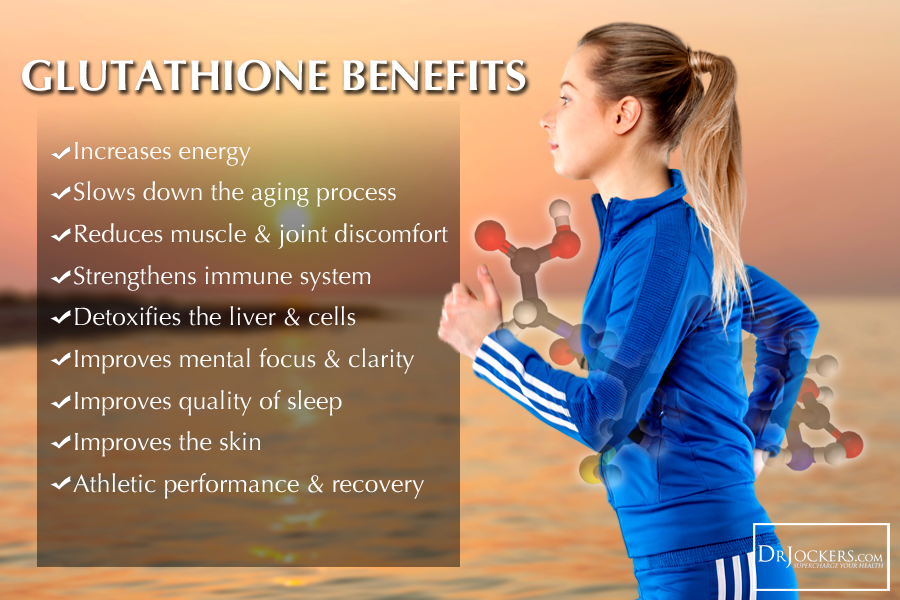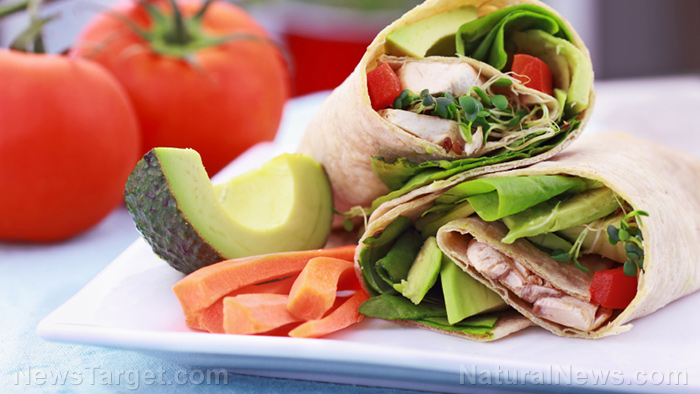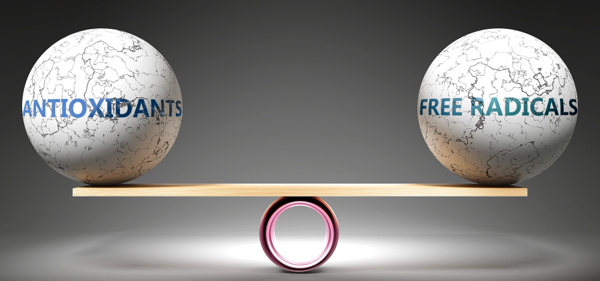Eat the Rainbow: Why Food-Based Antioxidants Beat Pills for Longevity, Vitality, and Disease Prevention
10/22/2025 / By S.D. Wells

When it comes to describing what an antioxidant is, it’s all in the name: antioxidant—it fights oxidation. And that’s a very good thing. Oxidants, including highly reactive free radicals, damage the body’s most vital components—proteins, fats, and even DNA. Over time, this damage accumulates, leading to what’s known as oxidative stress. Chronic oxidative stress has been strongly linked to aging and many major diseases, including cancer, heart disease, diabetes, and dementia.
- Why it matters: Oxidants—including highly reactive free radicals—damage vital cellular components like proteins, fats, and DNA. Chronic oxidative stress accelerates aging and increases risk for cancer, cardiovascular disease, diabetes, and dementia. Antioxidants neutralize these oxidants and protect the body from this cellular damage.
- Pills vs. plate: High-dose single-antioxidant supplements, such as mega-doses of vitamin A or E, have not been shown to lower mortality and can sometimes increase oxidative stress. In contrast, antioxidants from whole foods—delivered in balanced combinations—are consistently linked with better health outcomes and lower disease risk.
- Power foods: Nature’s antioxidant champions include color-rich fruits and vegetables (blueberries, pomegranate, blackberries, red kale, artichokes), beverages (coffee, green tea), nuts and seeds (walnuts, pecans, sunflower seeds), and herbs/spices (clove, rosemary, thyme). The more vibrant the color, the higher the antioxidant potential.
- Do this: “Eat the rainbow.” Prioritize diversity over perfection—mix colors, textures, and plant types daily. Choose fresh, local, and minimally processed foods when possible, and don’t fear cooking—light steaming or sautéing can sometimes boost antioxidant availability. Whole, colorful, and varied foods remain the most effective defense against oxidative stress.
Why It Matters: Food-Based Antioxidants Protect You From Aging, Disease, and Oxidative Stress
Our bodies naturally produce oxidants as part of normal metabolism—through breathing, digesting, and generating energy. But when the balance tips too far toward oxidation, trouble begins. Free radicals can overwhelm the body’s defenses, breaking down cells and tissues faster than they can repair. The antidote? A steady supply of antioxidants from whole foods—nature’s built-in protection system.
Pills vs. Plate: Why Food Wins Every Time
Research over the past few decades has consistently shown that whole-food antioxidants outperform antioxidant supplements. While the supplement industry markets high-dose vitamin pills as miracle cures, the science tells a different story. Large studies have found that taking single antioxidants—such as vitamin A or E—in megadoses does not reduce mortality and, in some cases, can even increase health risks by upsetting the body’s natural oxidative balance.
One study, for example, gave participants vitamin A at levels more than 60 times the recommended daily intake. The result? Increased oxidative stress and higher mortality rates. The problem is that antioxidants in isolation don’t behave the same way they do in food. In nature, antioxidants come packaged in complex networks of vitamins, minerals, enzymes, and phytochemicals that work synergistically to protect your body. When you extract one molecule from that web and consume it in excess, it can backfire.
By contrast, antioxidants from whole foods have been repeatedly linked with better health outcomes. People who eat diets rich in colorful fruits, vegetables, nuts, seeds, and teas have significantly lower risks of chronic disease and death. Food-based antioxidants appear to modulate oxidation in a balanced way—supporting the body’s repair systems without overwhelming them.
Power Foods: Nature’s Antioxidant Arsenal
Some of the most antioxidant-dense foods are also the most colorful and flavorful. Blueberries, blackberries, and pomegranates are among the leaders, packing 6–9 millimoles of antioxidant capacity per 4-ounce serving. Cooked artichokes and red kale each deliver over 4 millimoles per serving, while red cabbage and orange bell peppers contribute additional protection.
And it’s not just fruits and vegetables—coffee and green tea both contain powerful antioxidants called polyphenols. A cup of coffee offers around 2.5 millimoles, and green tea about 1.5. Nuts and seeds are another antioxidant powerhouse: walnuts deliver an impressive 13 millimoles, pecans about 10, and sunflower seeds roughly 5 per 4 ounces.
Even herbs and spices, used in small quantities, are extraordinarily rich in antioxidants. Clove ranks at the top with 465 millimoles per 4 ounces, while rosemary and thyme boast 67 and 64, respectively. A sprinkle may seem small, but these tiny additions can pack a huge nutritional punch.
Do This: Eat the Rainbow and Vary Your Choices
The simplest way to boost your antioxidant intake is to “eat the rainbow.” Aim for a spectrum of colors on your plate—reds, blues, greens, purples, oranges, and yellows. Each pigment reflects different antioxidant compounds: carotenoids give oranges and reds their glow, anthocyanins paint blueberries and purple cabbage, and chlorophyll energizes greens like kale and Swiss chard.
Variety matters more than perfection. Even the same food, such as two apples of the same variety, can have different antioxidant levels depending on where they were grown, when they were harvested, and how they were stored. Choosing fresh, local, and seasonal produce helps preserve these delicate nutrients.
And don’t fear cooking. While heat can degrade some antioxidants, it can also unlock others. Lightly cooking leafy greens, for example, can actually increase their antioxidant capacity.
The Bottom Line
Oxidative stress is inevitable—but chronic oxidative damage doesn’t have to be. The key is balance: limiting exposure to oxidants like pollution, processed foods, and excessive alcohol, while flooding your body with natural antioxidants from whole, colorful, plant-based foods.
Skip the megadose pills and trust your plate. Nature has already designed the perfect pharmacy—filled with antioxidants that work in harmony with your body to protect your cells, slow aging, and reduce disease risk. Eat widely, eat colorfully, and let food be your antioxidant medicine.
Tune your internet dial to NaturalMedicine.news for more tips on how to use natural remedies for preventative medicine and for healing, instead of succumbing to Big Pharma products that cause, spread, and exacerbate disease and disorder.
Sources for this article include:
Submit a correction >>
Tagged Under:
color foods, colorful food, Cures, Enzymes, grocery cures, healing, hebs, longevity, natural health, natural medicine, nutrients, oxidative stress, phytochemicals, pills, plant medicine, power foods, prevention
This article may contain statements that reflect the opinion of the author




